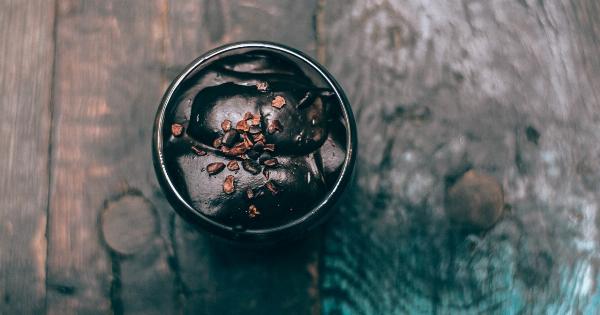As the summer season becomes more intense, it is essential to remind ourselves to protect our skin from the sun’s harmful rays.
Skin cancer risks have been rising around the world, making sunscreen an increasingly crucial product in maintaining skin health. Selecting the right sunscreen is critical, but it can be challenging to understand the ingredients. Some ingredients are useful and healthy for skin, while others can be harmful to the skin and the environment.
This article aims to explore both healthy and unhealthy ingredients found in sunscreen products to help you make an informed decision.
Healthy Ingredients in Sunscreen
Healthy ingredients in sunscreen can help protect your skin from UV rays from the sun and prevent damage caused by free radicals. Some examples of healthy, effective ingredients found in sunscreen include:.
Zinc Oxide
Zinc oxide is a mineral-based ingredient that forms a physical barrier on the skin to block harmful UV rays. It is a broad-spectrum ingredient, meaning it protects against both UVA and UVB rays.
Zinc oxide is also less likely to cause an allergic reaction, making it an excellent choice for people with sensitive skin.
Titanium Dioxide
Similar to zinc oxide, titanium dioxide is also a mineral-based ingredient that provides a physical block against UV rays.
It is a gentle ingredient that is often recommended for children and people with sensitive skin, as it is less likely to cause irritation or allergic reactions when compared to other chemical-based ingredients.
Avobenzone
Avobenzone is a chemical-based ingredient that provides broad-spectrum protection from UVA rays.
It is a stable ingredient, meaning it does not quickly break down when exposed to sunlight, and is often combined with other active ingredients to boost its effectiveness. Avobenzone is known to be a safe and effective ingredient used in many sunscreens worldwide.
Octisalate
Octisalate is a chemical-based ingredient that primarily protects the skin from UVB rays. It is often used in combination with other chemicals to create a broad-spectrum sunscreen.
Octisalate is generally considered safe and is suitable for those with oily skin as it has a light texture.
Vitamin E
Vitamin E is an antioxidant that helps to neutralize free radicals caused by UV rays. It also has skin-soothing properties, making it an excellent ingredient for people with sensitive skin or those with sunburn.
Vitamin E is commonly used in sunscreen products to help improve the overall health of the skin.
Unhealthy Ingredients in Sunscreen
Unhealthy ingredients found in sunscreen can cause skin irritation and allergic reactions, harm the environment and contribute to the destruction of coral reefs. Here are some examples of unhealthy ingredients often found in sunscreens:.
Oxybenzone
Oxybenzone is a chemical-based ingredient that is used to absorb UV rays. However, it has been linked to hormone disruption and can cause skin irritations, especially in people with sensitive skin.
Additionally, oxybenzone can contribute to the destruction of coral reefs, making it harmful to the environment.
Octinoxate
Octinoxate is another chemical-based ingredient that is used to absorb UV rays. It has been shown to cause skin irritation and allergic reactions in some individuals. It is also harmful to the environment, as it contributes to coral reef bleaching.
Retinyl Palmitate
Retinyl Palmitate is a vitamin A derivative that is used in some sunscreens for its antioxidant properties. However, it has been shown to increase the skin’s sensitivity to the sun, making it more susceptible to damage from UV rays.
It also contributes to the destruction of coral reefs and can harm marine life.
Benzophenone-3
Benzophenone-3 is a chemical-based ingredient that is used to absorb UV rays. It has been linked to hormone disruption and can cause skin irritation and allergic reactions, especially in people with sensitive skin.
It also contributes to coral reef bleaching and can harm marine life.
Conclusion
Choosing the right sunscreen is critical to maintaining healthy skin and protecting the environment.
Healthy ingredients, such as zinc oxide, titanium dioxide, avobenzone, octisalate, and vitamin E, can help prevent sun damage and are not harmful to the skin or the environment. On the other hand, unhealthy ingredients, such as oxybenzone, octinoxate, retinyl palmitate and benzophenone-3, can cause problems for human skin and contribute to environmental damage such as coral reef bleaching.
Therefore, when selecting sunscreen, make sure to check the ingredients list and choose a product that contains healthy, effective ingredients and is safe for you and the environment.






























